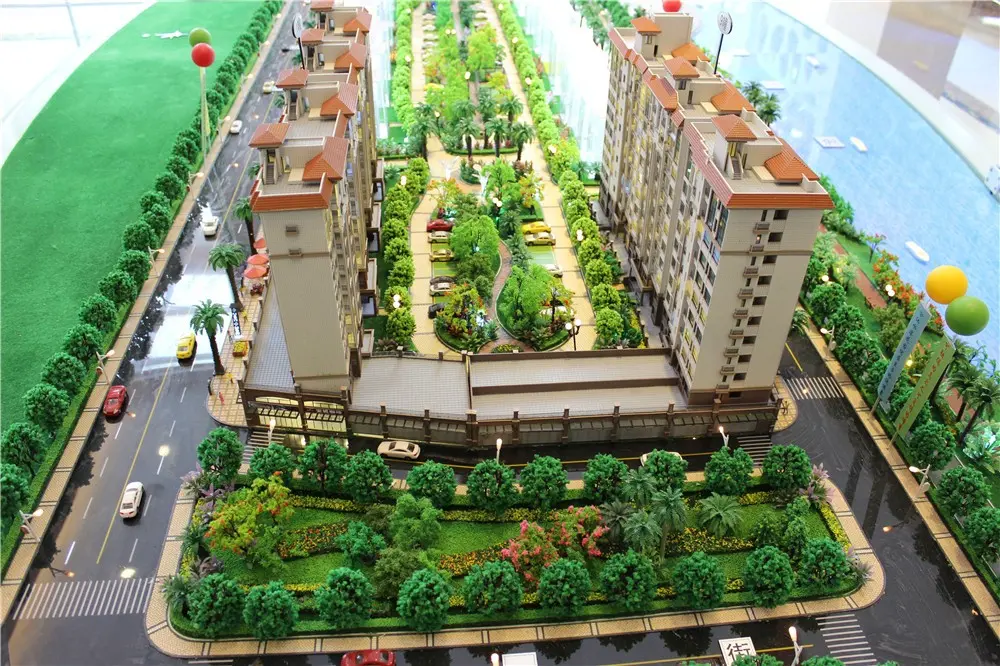Miniature city models, created by architects and urban planners, allow for decisions to be made about urban planning to create a more organized and livable city by visualizing the entire project. They can clearly show on the model the areas that need to be changed in a part or the entire city for urban reorganization. These models play a crucial role in the decision-making process by allowing the final result of a project to be seen.
It is essential that miniature city models are correctly sized and made in three dimensions. Using different scales, where details can be visible or where the whole can be better highlighted, these models facilitate the design and final visualization of the project. Urban planning models must be absolutely precise, without errors or approximations, making them a meticulous but fascinating work that requires high precision and attention.
The most important advantage of miniature city models is their ability to anticipate deficiencies and errors related to urban design. Therefore, for engineers and architects in charge of the project, working with a miniature model significantly reduces the risk of errors. Miniature city models can be made for different areas of the city using different scales. They can show various projects, such as the rearrangement of settlement plans, changing traffic routes, or constructing a large real estate complex.
Architectural city models play a crucial role in promoting a design project. When presenting the project, creating an attractive model with all the details such as light, sound, and water effects is essential to capture the interest of third parties before the project is implemented. Additionally, to remain unaffected by environmental conditions and to remain intact, the model must be solid and sturdy. Companies specializing in model making use the best available materials to create high-quality models, both in terms of quality and craftsmanship, which is essential for the prestige of the project owner and the model-making company.
The quantity and type of materials used in the production of miniature city models, along with the level of detail, are crucial factors in determining costs. Costs vary depending on the size of the model, the number of buildings and their level of detail, as well as the amount of green space. Companies specializing in architectural model making take all these factors into account to provide a suitable quotation to the client.





